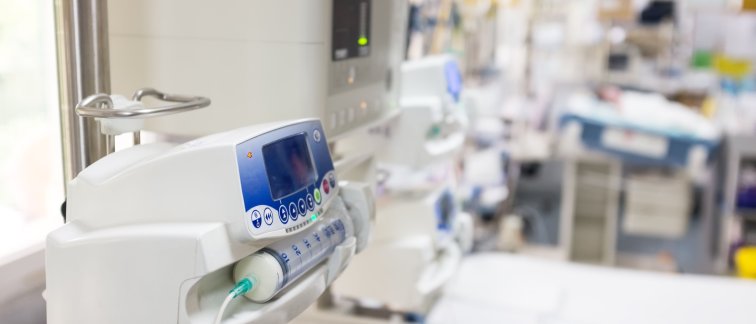ACS researcher Coen Ottenheijm and his group have found a new mechanism explaining diaphragm weakness that arises during mechanical ventilation in the intensive care unit (ICU). The diaphragm is the most important breathing muscle. These findings were published in Science Translational Medicine. Their research has great potential for future drug development to combat negative consequences of mechanical ventilation.
Mechanical ventilation
Patients who receive mechanical ventilation in the intensive care unit (ICU) often develop contractile weakness of the diaphragm muscle. This weakness can lead to difficulties in weaning from the ventilator and extubation failure. Weaning is the process of gradually decreasing respiratory support until patients are able to breathe independently from the ventilator. Difficulties during this process negatively affect mortality and have a major impact on the use of health care resources.
New mechanism of hibernation
Ottenheijm and his group have discovered a new mechanism that leads to weakness of the diaphragm in ICU patients. The muscles of these patients go into a state of hibernation. They found that the main muscle protein myosin is trapped in an energy sparing state in diaphragm muscle cells from ventilated ICU patients. At first, this state benefits patients: the spared energy is available for overcoming critical illness. However, once recovered, patients need to be weaned from the ventilator. Yet, the hibernating myosins are difficult to reactivate, and this compromises diaphragm strength and independent breathing.
Drug development
With this research Ottenheijm and colleagues also show that small molecule troponin activators can restore the force levels in diaphragm muscle cells from ventilated ICU patients. This could be a lead for drug development to ‘wake up’ the muscles of these patients from the state of hibernation. In fact, the authors soon will start studies to test the efficacy of these drugs in ICU patients.
The full article ‘Super-relaxed myosins contribute to respiratory muscle hibernation in mechanically ventilated patients’ can be found here. .

